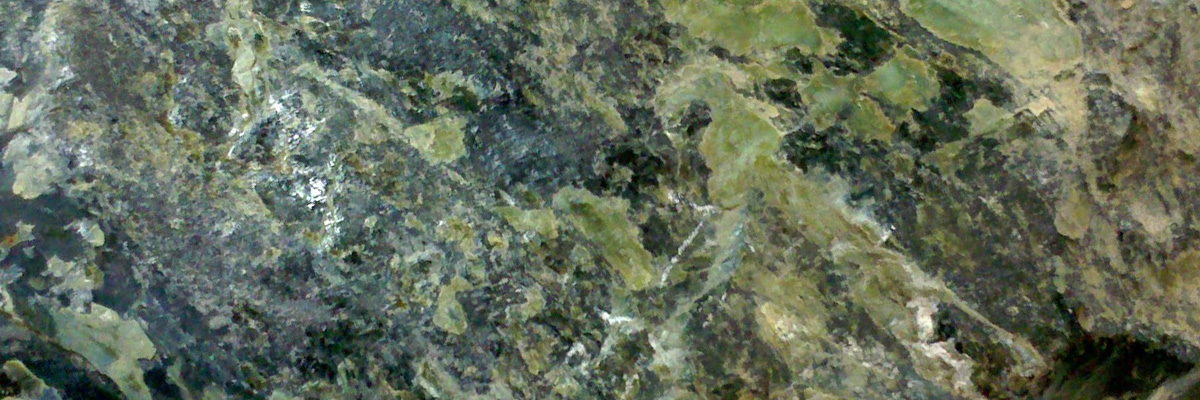Serpentine is a group of hydrous magnesium silicate minerals that belong to the phyllosilicate class. These minerals exhibit a wide range of physical characteristics, including colors such as green, yellow-green, brown, and black. Serpentine has a greasy, silky, or waxy luster and often displays a fibrous or scaly appearance. Its physical properties, such as flexibility and heat resistance, make it a unique and versatile mineral.
Usage
Serpentine minerals have various applications across different industries. Due to their heat-resistant and insulating properties, they were historically used as an asbestos substitute in construction materials and friction products. However, the use of asbestos-like materials has declined due to health concerns. Serpentine is also utilized as a decorative stone for sculptures, carvings, and building facades, as well as a dimension stone in the production of countertops, tiles, and architectural elements.
Gemstone
Serpentine is considered a gemstone when it occurs in attractive colors and patterns. It is often carved into ornamental objects or cut into cabochons for use in jewelry, such as pendants, earrings, and rings. One of the most popular varieties of serpentine, known as “new jade” or “serpentine jade,” is valued for its similarity in appearance to the more expensive jadeite or nephrite jade.
Origin
Serpentine minerals are formed through the alteration of ultramafic and mafic rocks during metamorphism, particularly in areas with high pressures and low temperatures. The formation of serpentine occurs when water reacts with minerals such as olivine and pyroxene, transforming them into serpentine minerals and other secondary minerals.
Occurrence
Serpentine minerals are primarily found in metamorphic rocks, such as serpentinite, as well as in hydrothermal veins and fault zones. They are associated with other minerals like magnetite, chromite, and talc. Significant deposits of serpentine can be found in various regions around the world, including the United States, Canada, Italy, Greece, Russia, and New Zealand.
Metaphysical
In metaphysical and spiritual practices, serpentine is believed to possess numerous healing and spiritual properties. It is said to help clear blockages in the chakras and stimulate the Kundalini energy, promoting spiritual awakening and growth. Serpentine is also thought to encourage emotional healing, self-love, and forgiveness, while enhancing intuition and psychic abilities. Additionally, it is considered a protective stone, shielding its wearer from negative energies.
| Class | Phyllosilicates |
| Formula | (Mg,Fe)3Si2O5(OH)4 |
| Luster | Greasy, silky, or waxy |
| Hardness (Mohs) | 2.5 – 4 |
| Streak | White |
| Color | Green, yellow-green, brown, black |
| Cleavage | None, but exhibits a splintery fracture |
| Specific Gravity | 2.2 – 2.6 |


